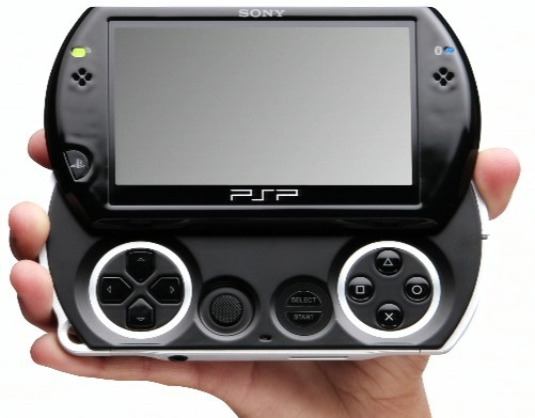 When the PSP Go launches next month, the Netherlands’ largest video game retailer won’t be selling it, according to Eurogamer.
When the PSP Go launches next month, the Netherlands’ largest video game retailer won’t be selling it, according to Eurogamer.
Nedgame says the biggest reason it won’t carry the PSP Go is the price of 249 euros ($250 in the United States), which isn’t justifiable when the existing PSP-3000 costs 169 euros ($130 here). The retailer also knocked the PSP Go’s smaller screen size, at 3.8 inches compared to 4.3 inches.
But there’s another, more obvious reason behind the decision. Because the PSP Go has no optical media slot and the games are download-only, Nedgame would essentially be digging its own grave by selling the handheld. Sure, the retailer could sell game vouchers, as GameStop does with the download-only Patapon 2, but no physical media means no used game sales. I’m not familiar with Nedgame, but at least in the United States, used games generate monster profits for Gamestop.
Meanwhile, Eurogamer’s Spanish-language Web site is reporting a rumor that several retailers in Spain won’t support the PSP Go for similar reasons.
GameStop is selling pre-orders for the PSP Go, so it seems the retailer is willing to support it. However, after the handheld launches on October 1, it should be interesting to see how well GameStop promotes the PSP Go, and how the retailer treats downloadable titles. We could see more incentives for buying games in the store, such as the early demos offered for Patapon 2. I’d like to see frequent buyer discounts and some way to let shoppers come in, try the title out and then buy it using an in-store kiosk.
Whatever happens, I don’t think banning the PSP Go from store shelves is a good idea. Customers who want it will ultimately find a way, and retailers will have burned bridges.

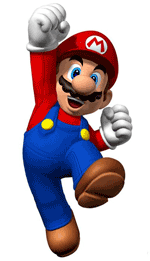 It’s been rumored lately that Nintendo will
It’s been rumored lately that Nintendo will  Even with the reduced-price PS3 Slim arriving at the tail end of August, Sony’s console gained considerable ground on the Xbox 360 and the Wii
Even with the reduced-price PS3 Slim arriving at the tail end of August, Sony’s console gained considerable ground on the Xbox 360 and the Wii  Man, we’re getting so close to having Apple as a real contender in the handheld game console wars, I can feel it.
Man, we’re getting so close to having Apple as a real contender in the handheld game console wars, I can feel it.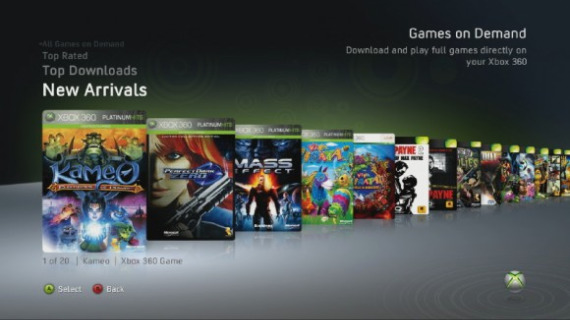 With Sony launching the download-only PSP Go next month and Microsoft recently launching premium game downloads over Xbox Live, the seeds are planted for a fully digital future.
With Sony launching the download-only PSP Go next month and Microsoft recently launching premium game downloads over Xbox Live, the seeds are planted for a fully digital future.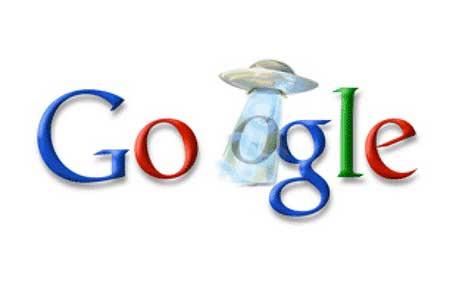 If you happened to use Google on September 5, you might’ve seen a UFO sucking up the second “O” in the company’s name.
If you happened to use Google on September 5, you might’ve seen a UFO sucking up the second “O” in the company’s name.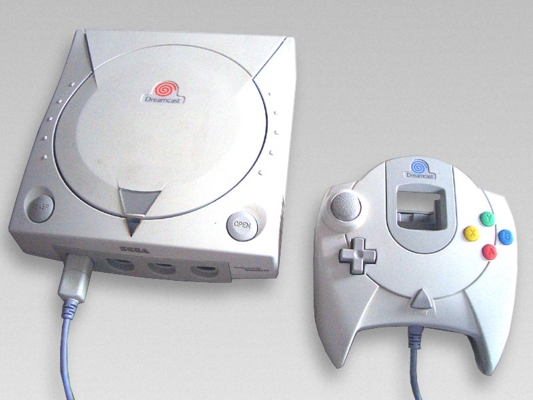 Next Wednesday will mark the Sega Dreamcast’s 10th birthday, having launched on September 9, 1999. Less than a year and a half later, Sega discontinued the console, facing competition from Sony’s Playstation 2, the looming threat of Microsoft’s Xbox and some friction within the company.
Next Wednesday will mark the Sega Dreamcast’s 10th birthday, having launched on September 9, 1999. Less than a year and a half later, Sega discontinued the console, facing competition from Sony’s Playstation 2, the looming threat of Microsoft’s Xbox and some friction within the company.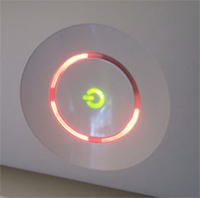 Another day, another stab at the Xbox 360’s failure rate.
Another day, another stab at the Xbox 360’s failure rate.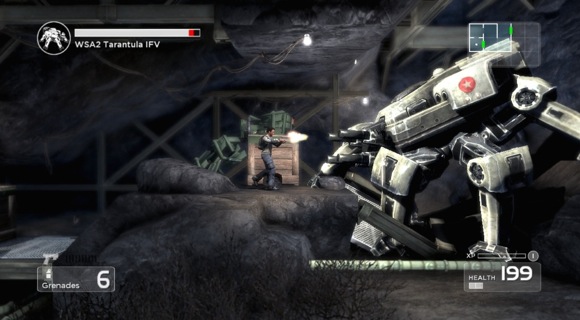 During the first week after Microsoft released Shadow Complex for the Xbox 360, something extraordinary happened:
During the first week after Microsoft released Shadow Complex for the Xbox 360, something extraordinary happened: 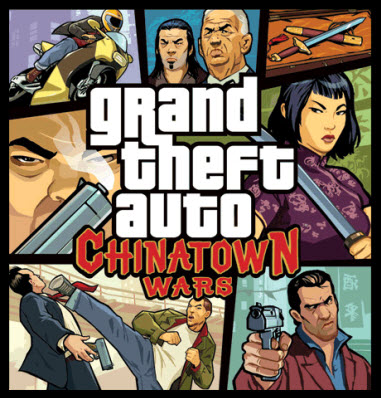 Remember in March, when Sony Senior Marketing Vice President Peter Dille
Remember in March, when Sony Senior Marketing Vice President Peter Dille